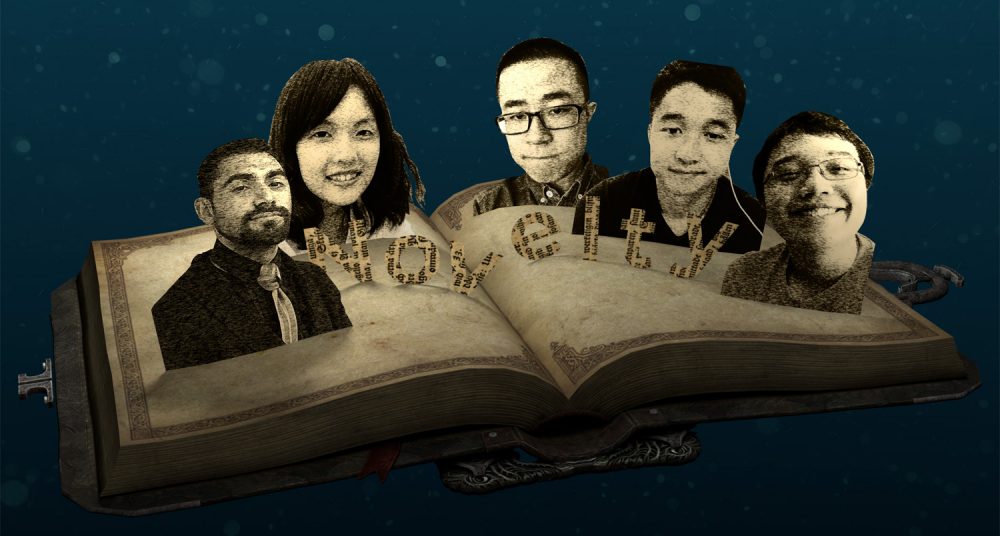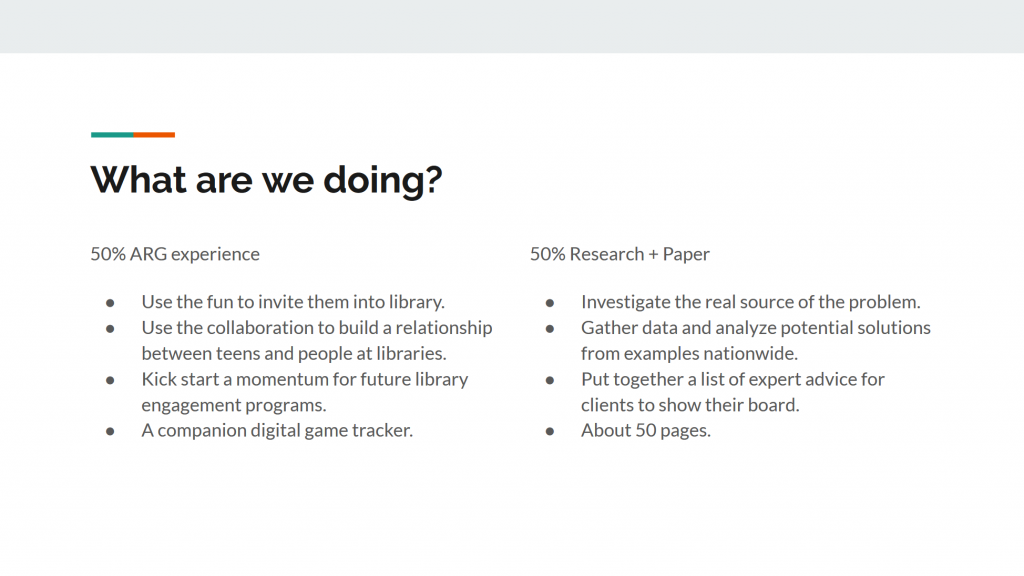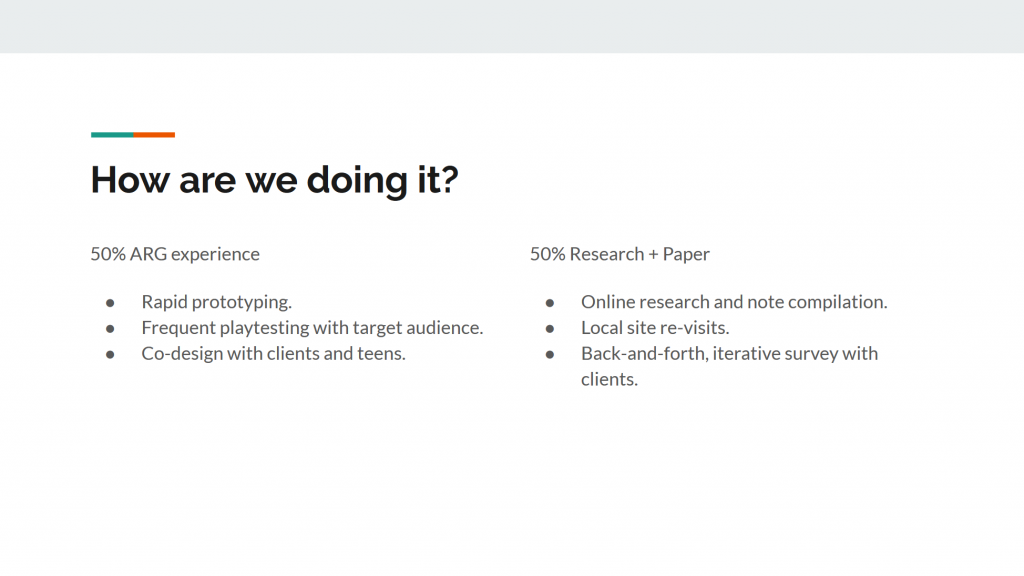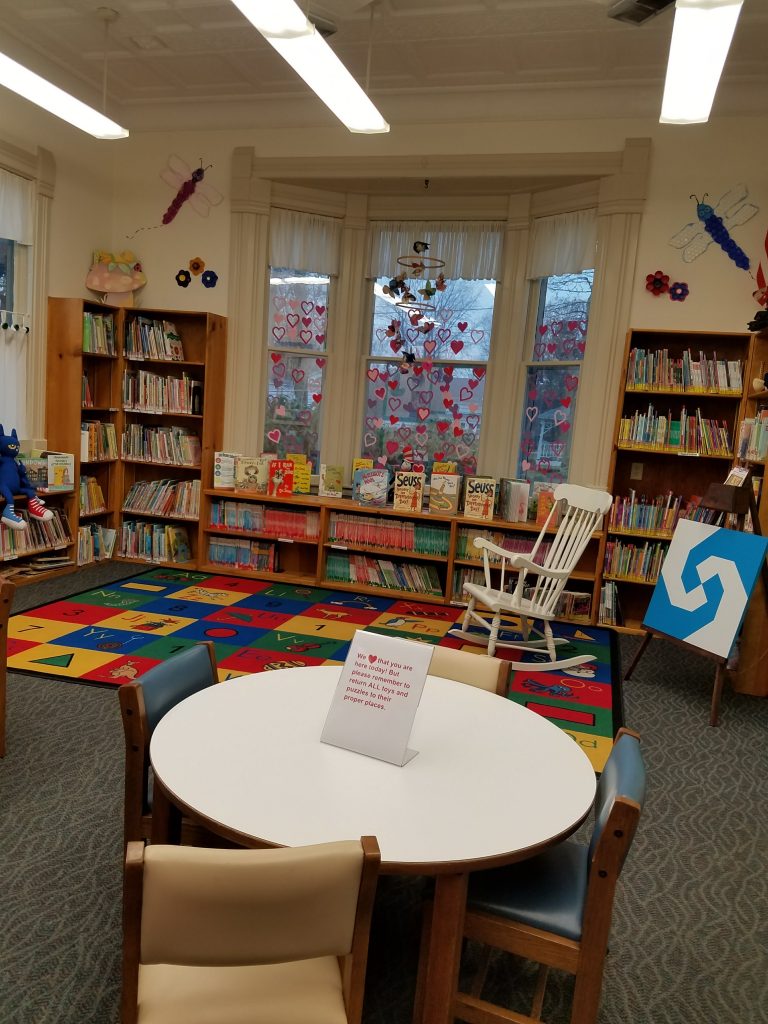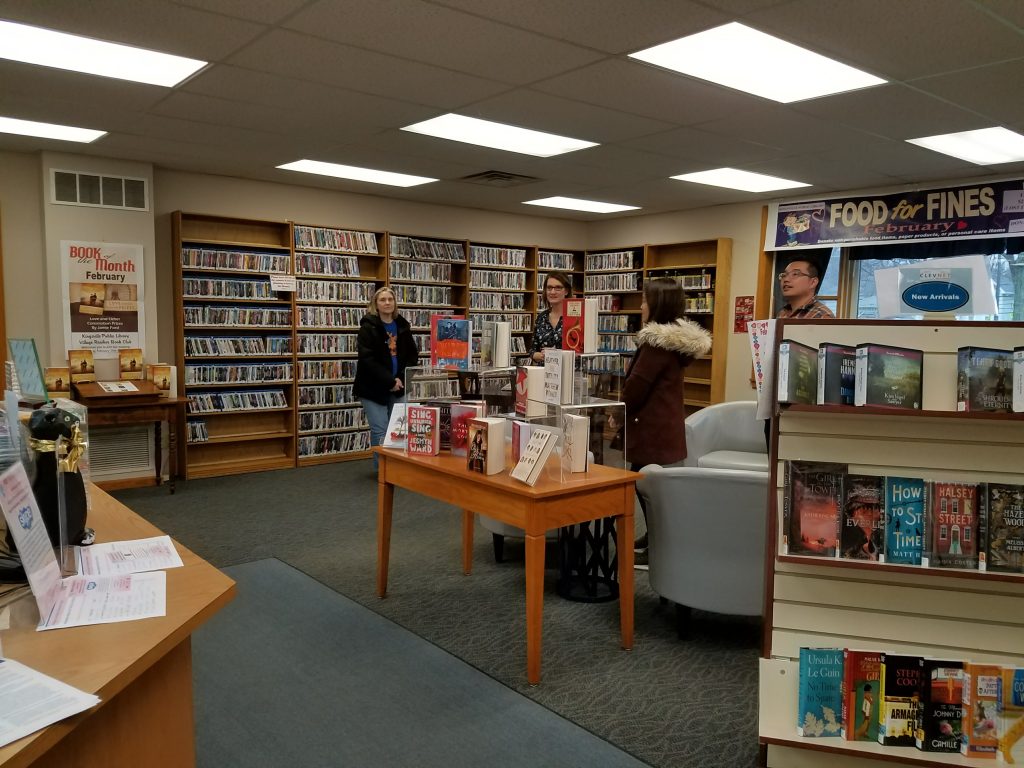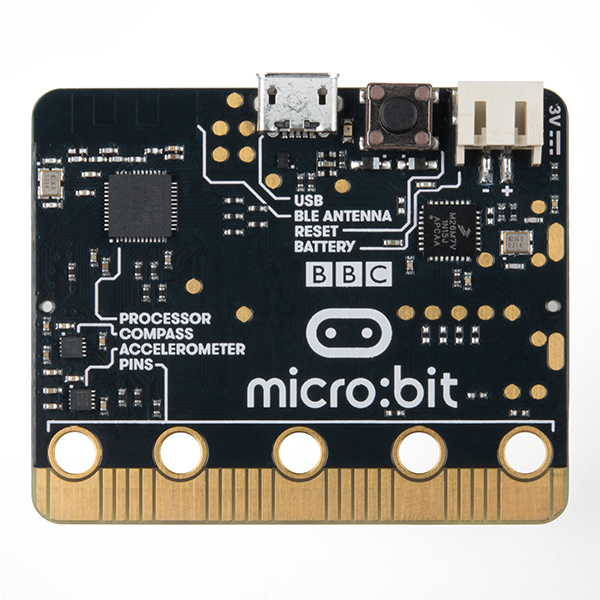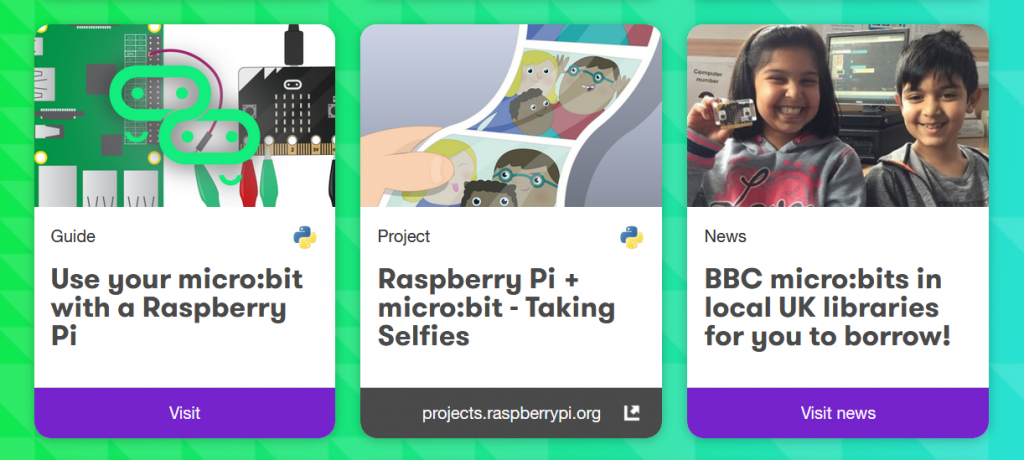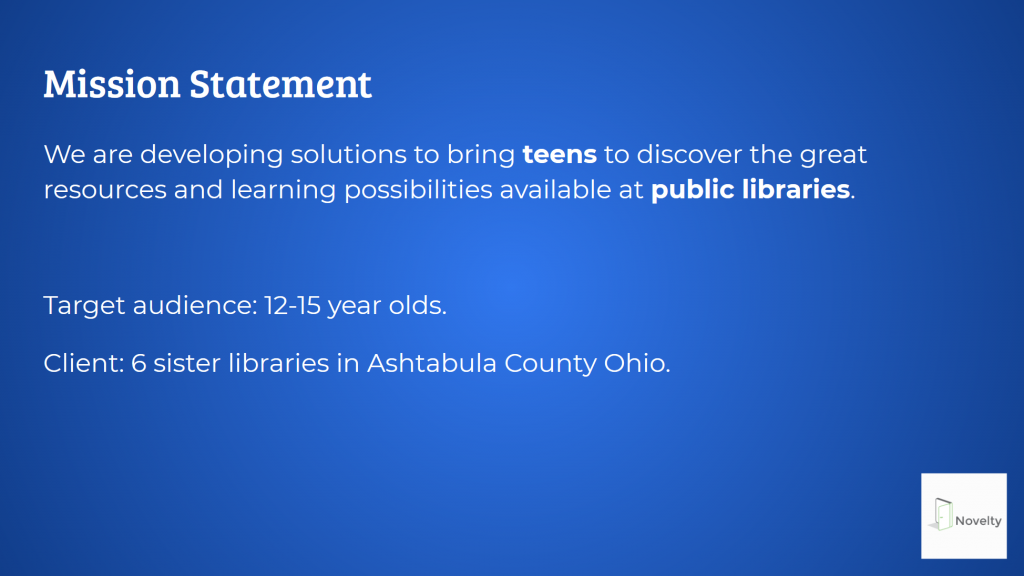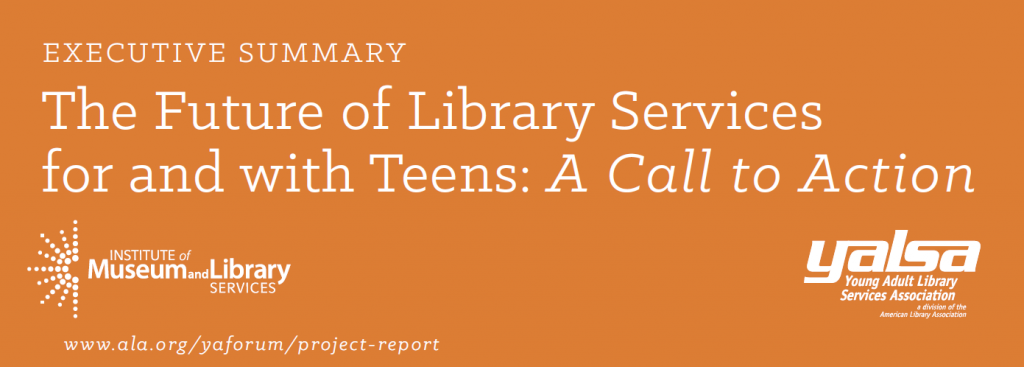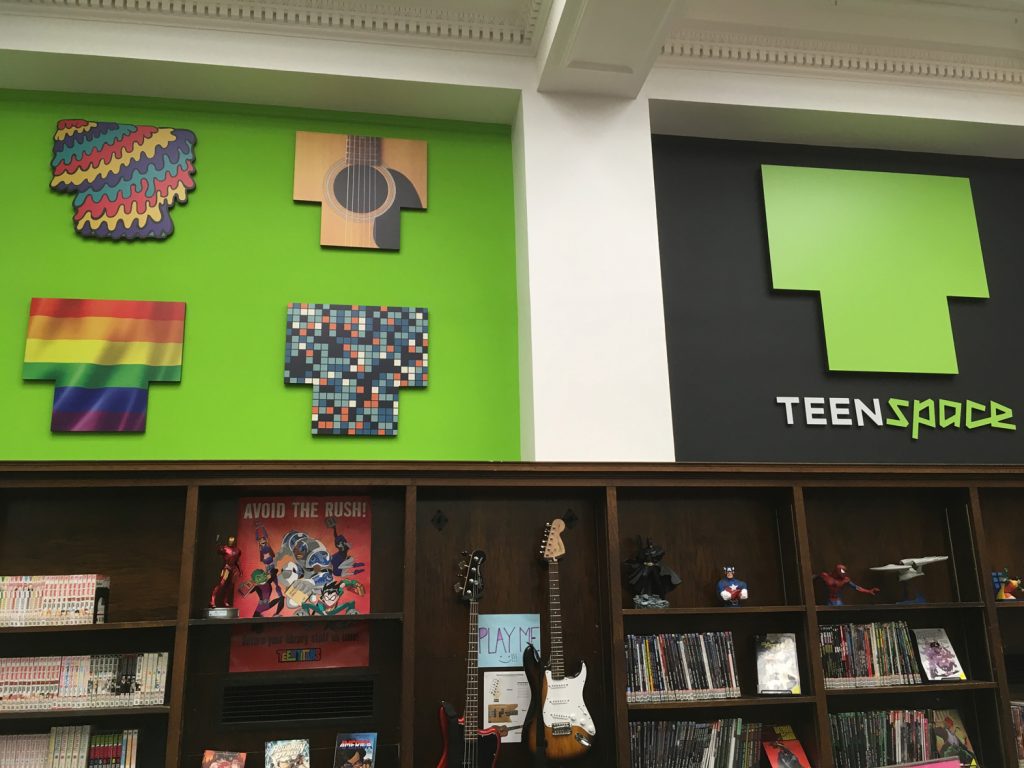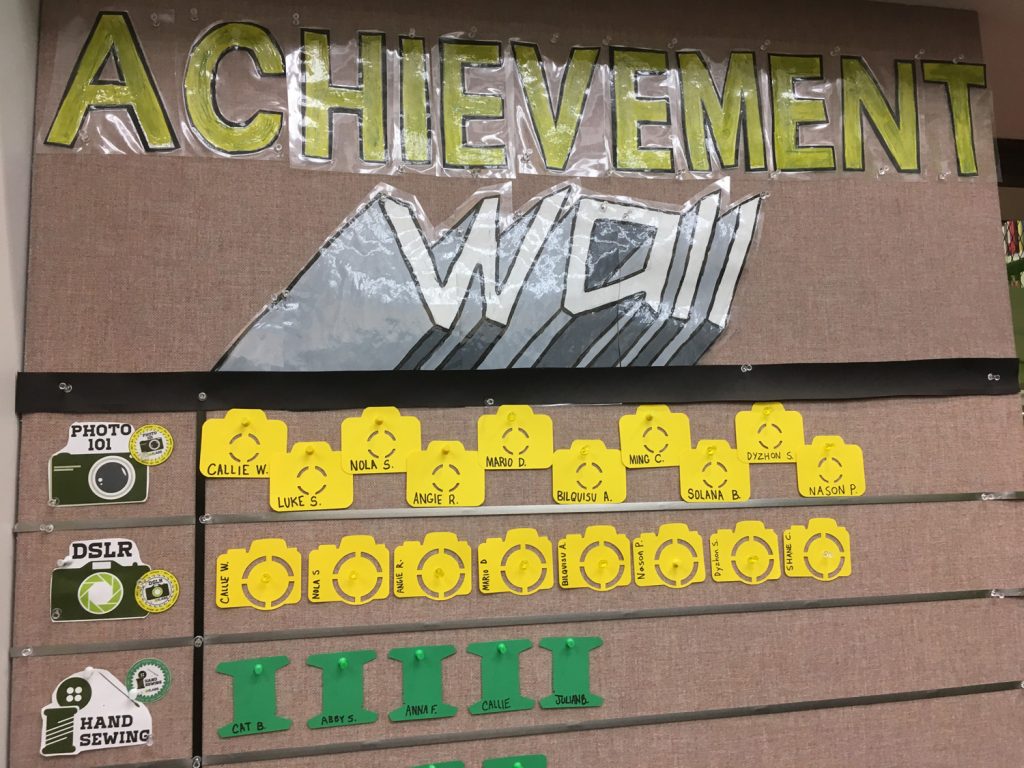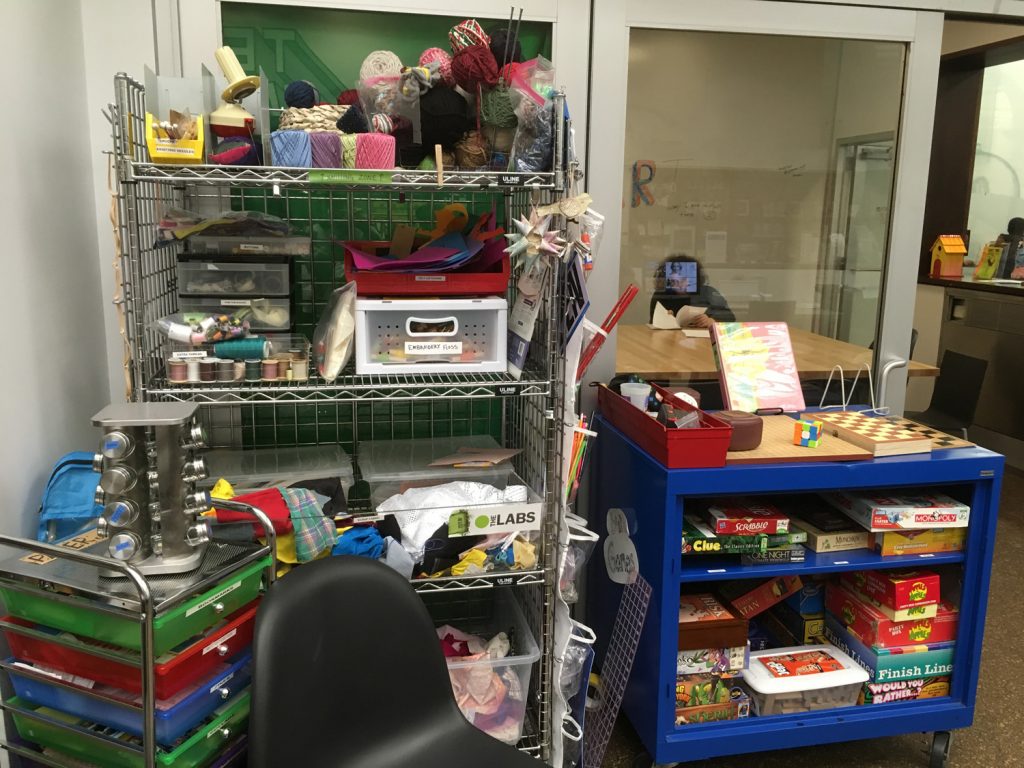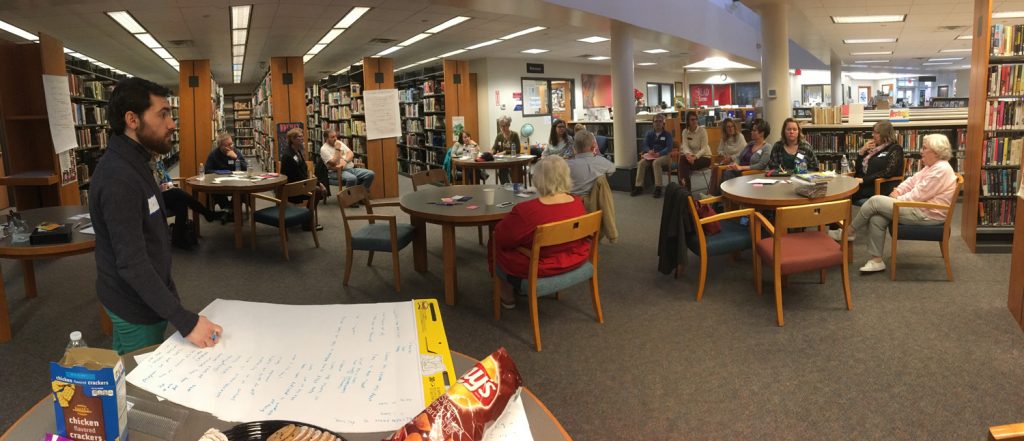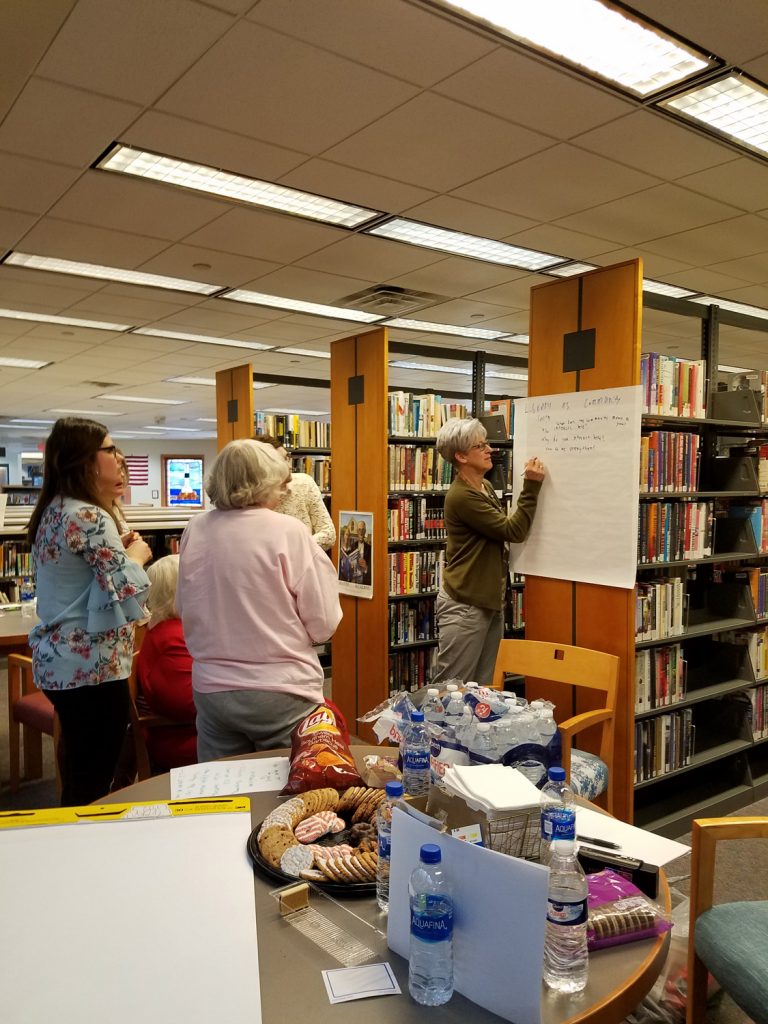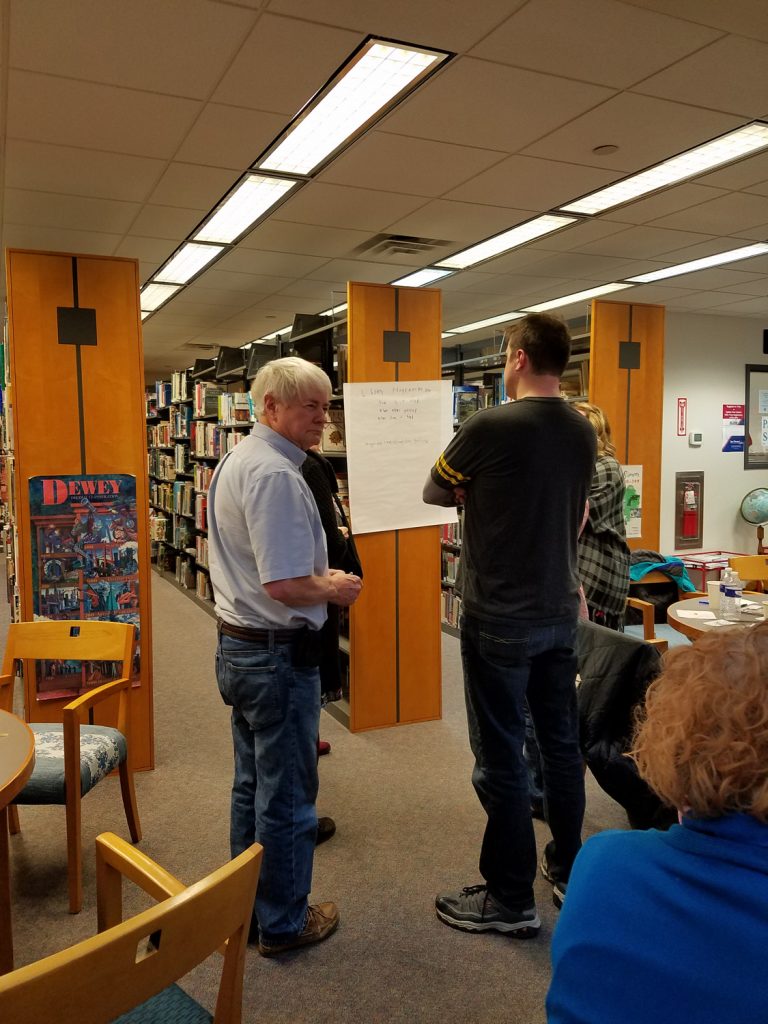Last week we visited Edgewood High School in Ashtabula to meet some of our target age teens and asked them what their interests were. Of course, we didn’t go straight ahead and interviewed them one-by-one. Rather, the information was gathered through a series of improv mini games. We did this to encourage them to feel more comfortable and to open up. The kids wrote down on stick notes things, topics, or characters that they relate to, and we enjoyed some other activities such as making a short cartoon in groups then sharing with everyone. The information we gathered would be instrumental in helping to designing the puzzle. We spent a lot of efforts organizing this list and trying to understand some of the things even we never heard of. Video games and Youtube seemed to be two of the biggest sources of fun and entertainment. Naturally, they also wrote down other “interesting stuff” such as their friends’ names. It’s like our point: teens will be teens.
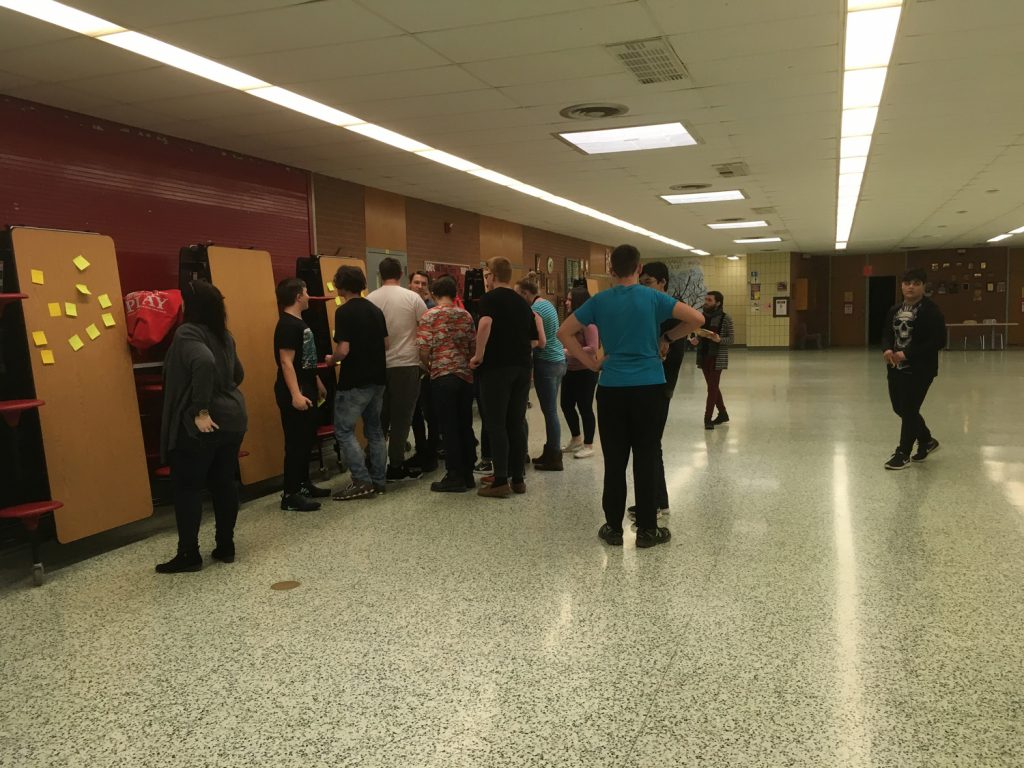
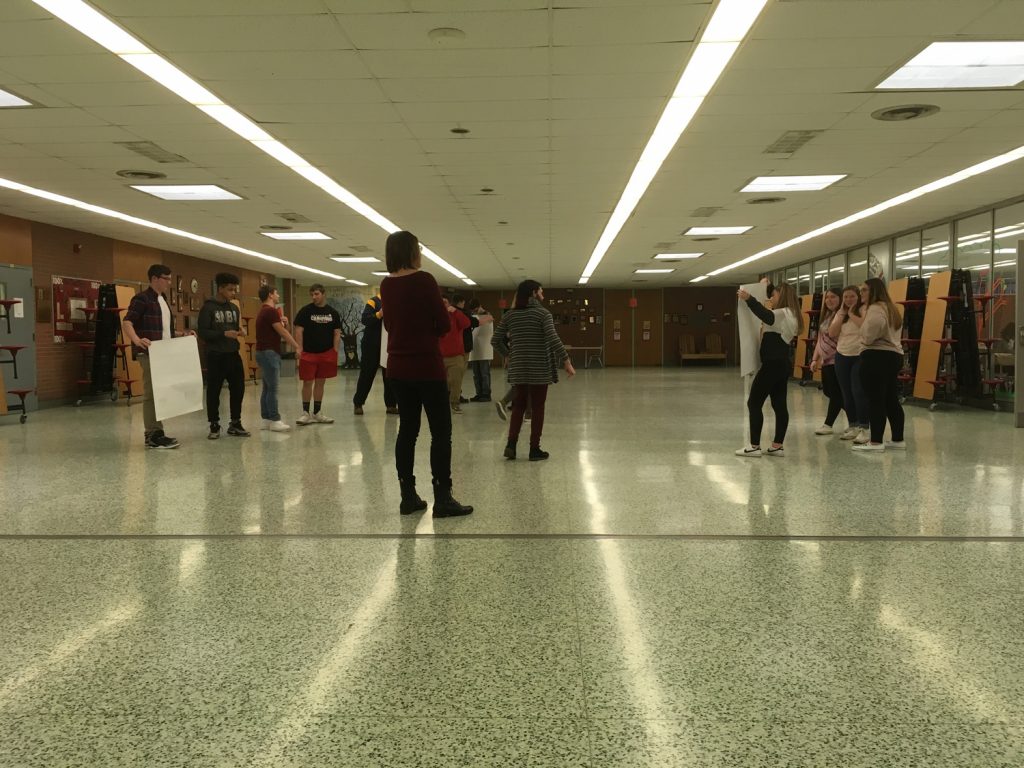
Since last week, we have started to develop our ARG(Alternative Reality Game) puzzle prototypes. The first prototype was built around a fictional mystery surrounding ETC. The player will be required to break some color coded messages, binary/ASCII puzzles, and some word puzzles which pointed to different locations in ETC’s building where you could find further clues. We tested this with some faculty and students. The reactions were uneven. The level of challenge and engagement felt varied from person to person. But harder puzzles generally produced more satisfaction once solved. Based on the feedback, we tweaked the difficulty and subject matter of the puzzles, removing the ones people failed to grasp, and ensuring the challenge curve start low.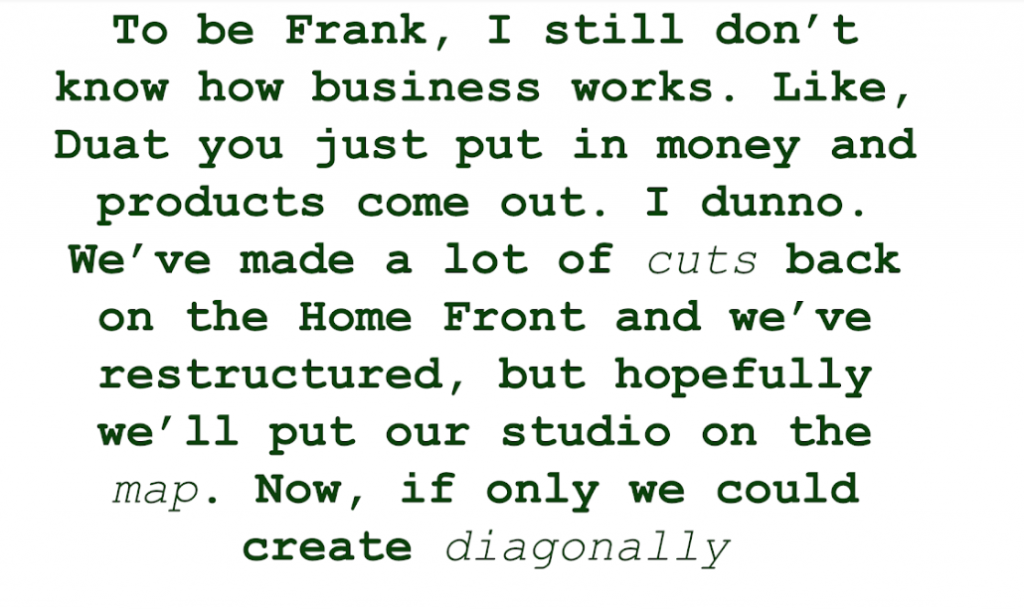
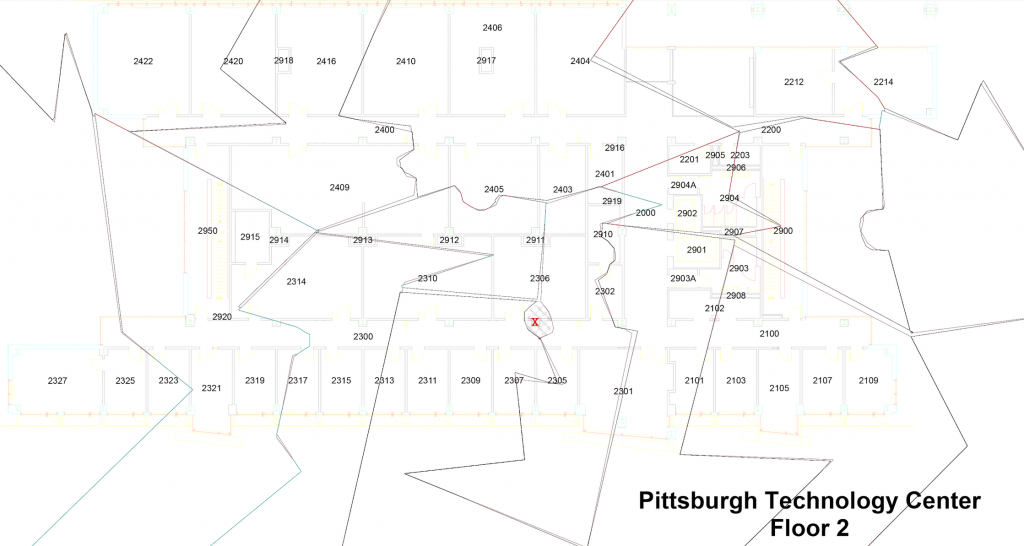
Our second prototype started with a relatively simple cryptogram as the first puzzle. Then it led to a QR code which brought the player to another location based puzzle. The final puzzle implemented some topics of interests we learned from the teens, such as pop music and make-up. Unfortunately we experienced several unforeseen technical glitches. This mishap alerted us that we needed to be more thorough in testing the puzzle on different platforms.

Speaking of platforms, we are moving towards a web-based system, where each puzzle in the whole narrative will require typing in the solution online in order to advance to the next puzzle. This makes it easier to control the check points in the puzzle progression and monitor how users are doing in regards to success rate, time consumed, etc.
The digital part of our deliverables include the website that hosts the puzzles and a customization tool that allows librarians to control and remake puzzles. The aim is to make our puzzle system extensible for future usage. In recent weeks, our programming team have been investigating potential tech solutions for our digital platform. For the back end, we settled on Google Cloud Platform to host our server and store our database. For the front end, we looked at jsPlum – a JavaScript library for web, as well as Unity3D. After comparing their respective advantages/disadvantages and our programmers’ personal strength, we decided on going with Unity3D to build our front end.
